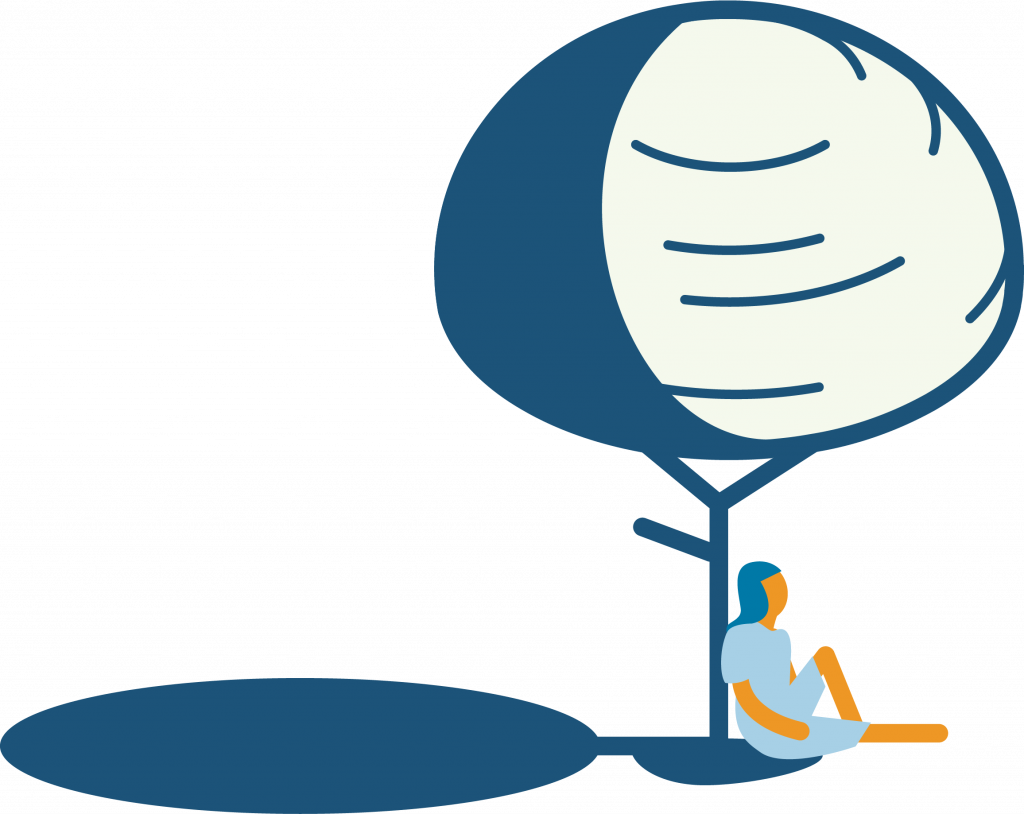
An urban canopy isn’t a luxury,
it’s an urban design imperative.
Last year, our piece on urban heat and canopy struck a chord. It resonated not just because people care about trees and greenery, but because they care about comfort, dignity, and good urban design. People need shade while waiting for a bus, shade helping transit stops serve people better. Natural shade also improves street environments, providing local communities with better spaces to move through. The conversation on urban canopy is ramping up and gaining momentum.
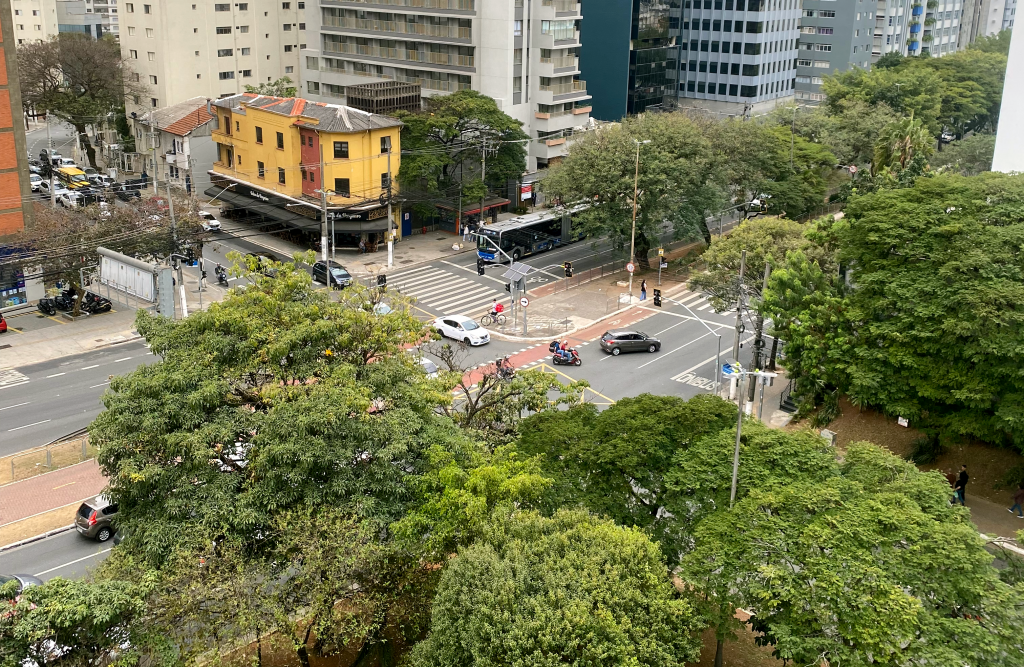
Avenue in São Paulo, Brazil
Comfort Starts with Thoughtful Design
Designing for comfort means embracing the way people actually move through a city—on foot, by bike, and on transit—and creating spaces that support that reality from the start. When we begin with people in mind, we create streets that feel intuitive, welcoming, and safe. Streets that aren’t just for cars.
A well-designed urban street includes:
- Tree canopy that follows the sidewalk, creating continuous shade, healthy air, protection from traffic, and a sense of place.
- Bike lanes that are protected, connected and comfortably shaded.
- Transit stops that are well-lit, covered, accessible and thoughtfully designed with bike parking.
Tree canopy isn’t just shade—it’s urban infrastructure.
As we previously explored in our blog Designing Streets for People, when urban tree canopy is integrated into design from the outset, it supports walkability, protects cyclists, and improves the journeys of transit riders. As we face a more volatile and warming climate, trees offer hope and a solution as they reduce urban heat, improve stormwater runoff, improve air quality, and enhance biodiversity. Urban canopy is part of design for healthy people and communities.
The Bus Stop Test
If you want to know how inclusive a city is, look at its bus stops. Are they shaded? Can you sit? Can you lock up a bike? Can you safely get there on foot or by wheelchair? Is it lit up at night?
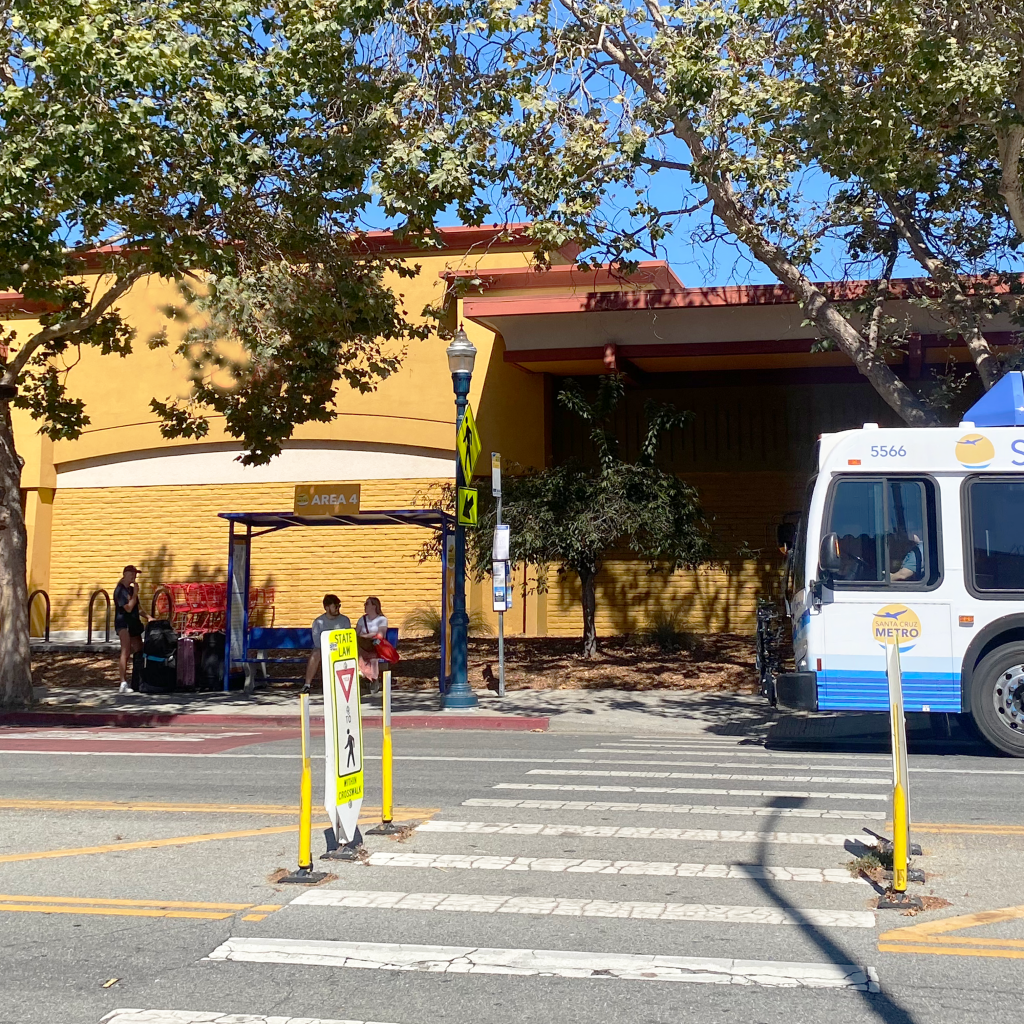
✅ shade from trees ✅ seating ✅ bike parking
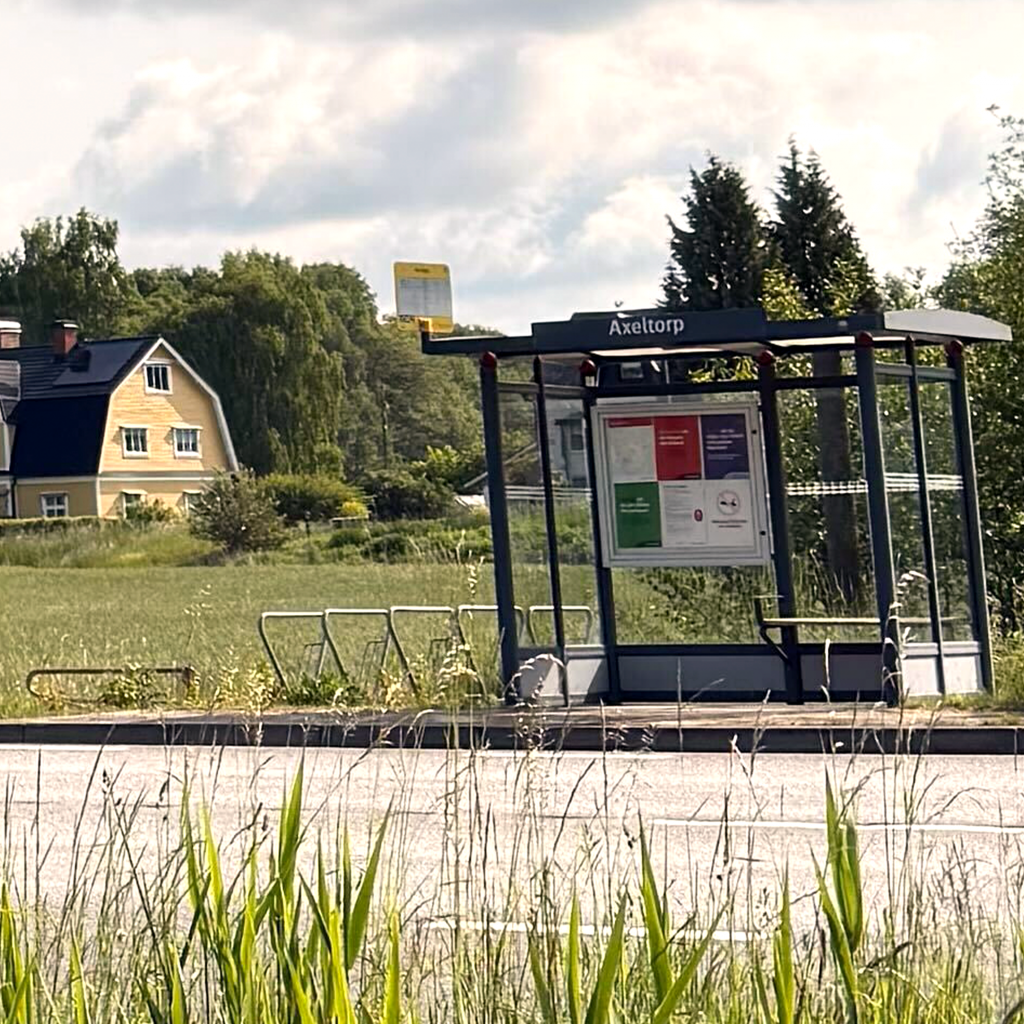
✅ coverage ✅ seating ✅ bike parking
Shown above are two example of great bus stop design.
Too often, however, bus stops are not comfortable places to wait.
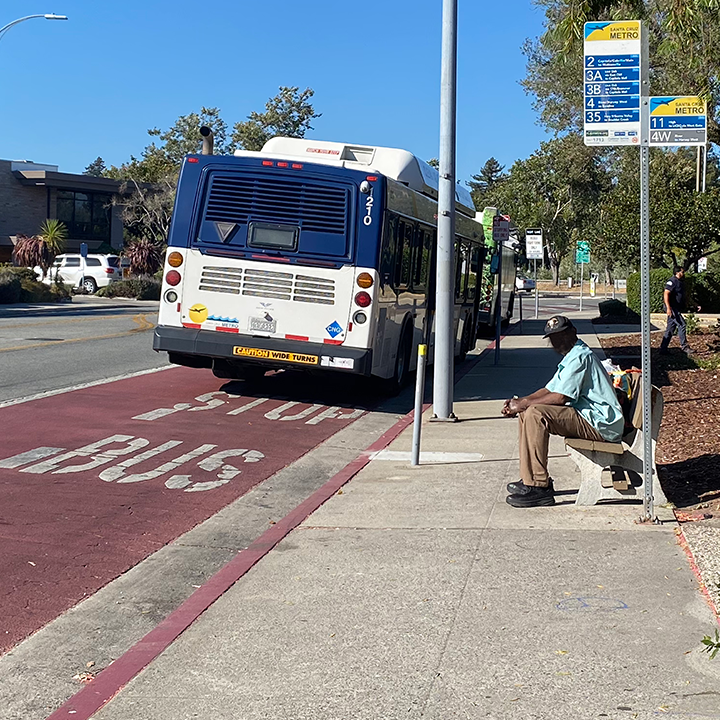
❌ no shade/coverage ✅ seating ❌ no bike parking
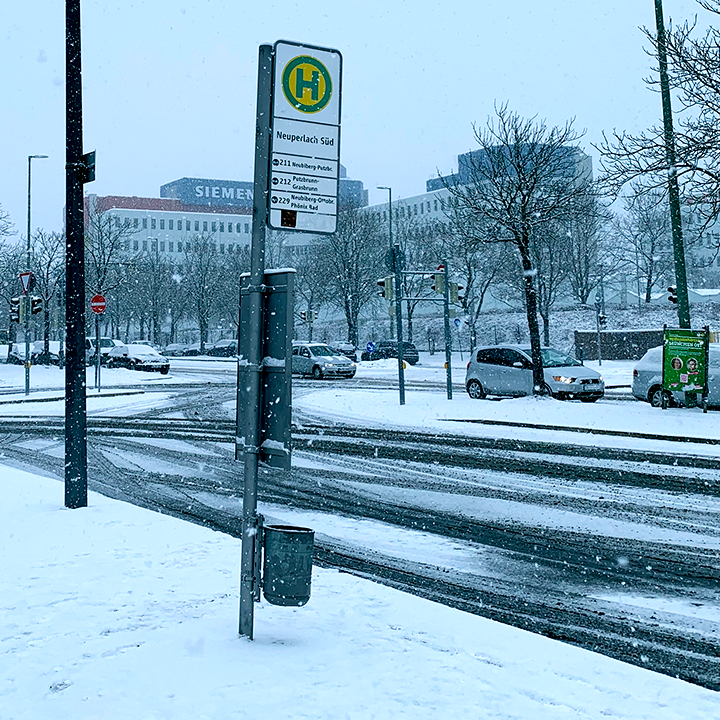
❌ no coverage ❌ no seating ❌ no bike parking
We need to design street environments to promote the use of public transit. That means clustering amenities such as shade, seating, lighting, information signage, and bike racks, all in locations that make sense with regard to where people live, work and play. This also means planning for efficient maintenance and long-term ownership. And yes, this also means investing in better materials and forms that are sustainable, sturdy and attractive.
Design-Led, Community-Proven
We think every design decision should be tested by the lived experience of the people who will use it. Sometimes big, bold and flashy isn’t best. Public trust and comfort can sometimes best be met by the urban canopy that covers a parent and child waiting for the bus., by the feeling of safety at dusk because a bus stop is properly lit, or by knowing you can lock your bike without worry. Good design is function, comfort, and care—built in.
Moving forward
If we fully expect people to walk, bike, and use public transit, our streets need to be safe and comfortable spaces for all users. That means putting shade, access, and comfort on equal design footing with road lanes and traffic signals. These aren’t luxurious extras— they are components of the standard baseline. By focusing on these practical design elements, we can transform public right of ways into welcoming, functional spaces that serve the transportation needs of people and communities.

Want to work with us? Feeling inspired?
Contact us at info@dcrdesign.net or checkout our social medias: LinkedIn, X and Instagram
For more information visit: Beating the heat with green corridors, Engineering excellence




